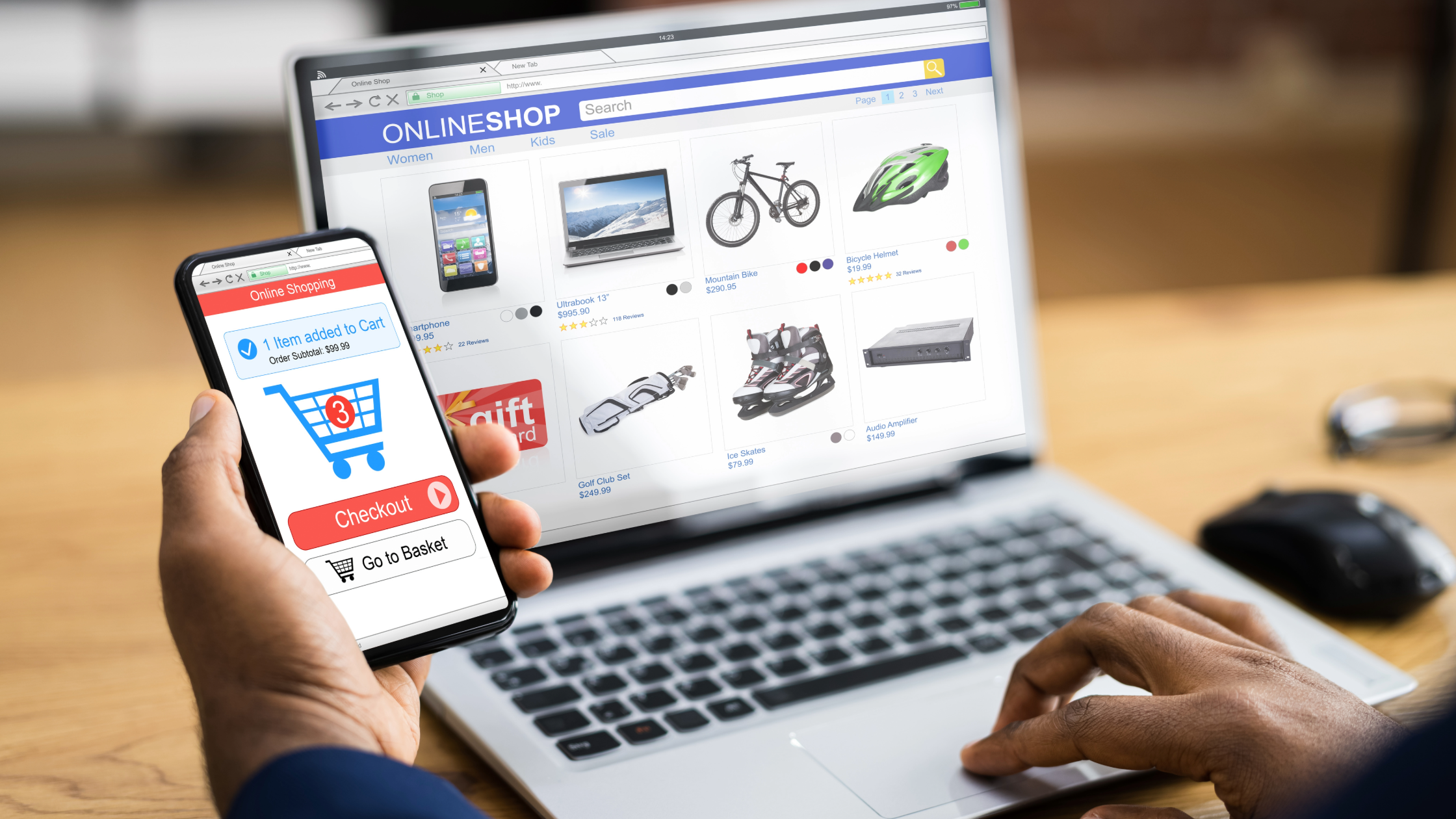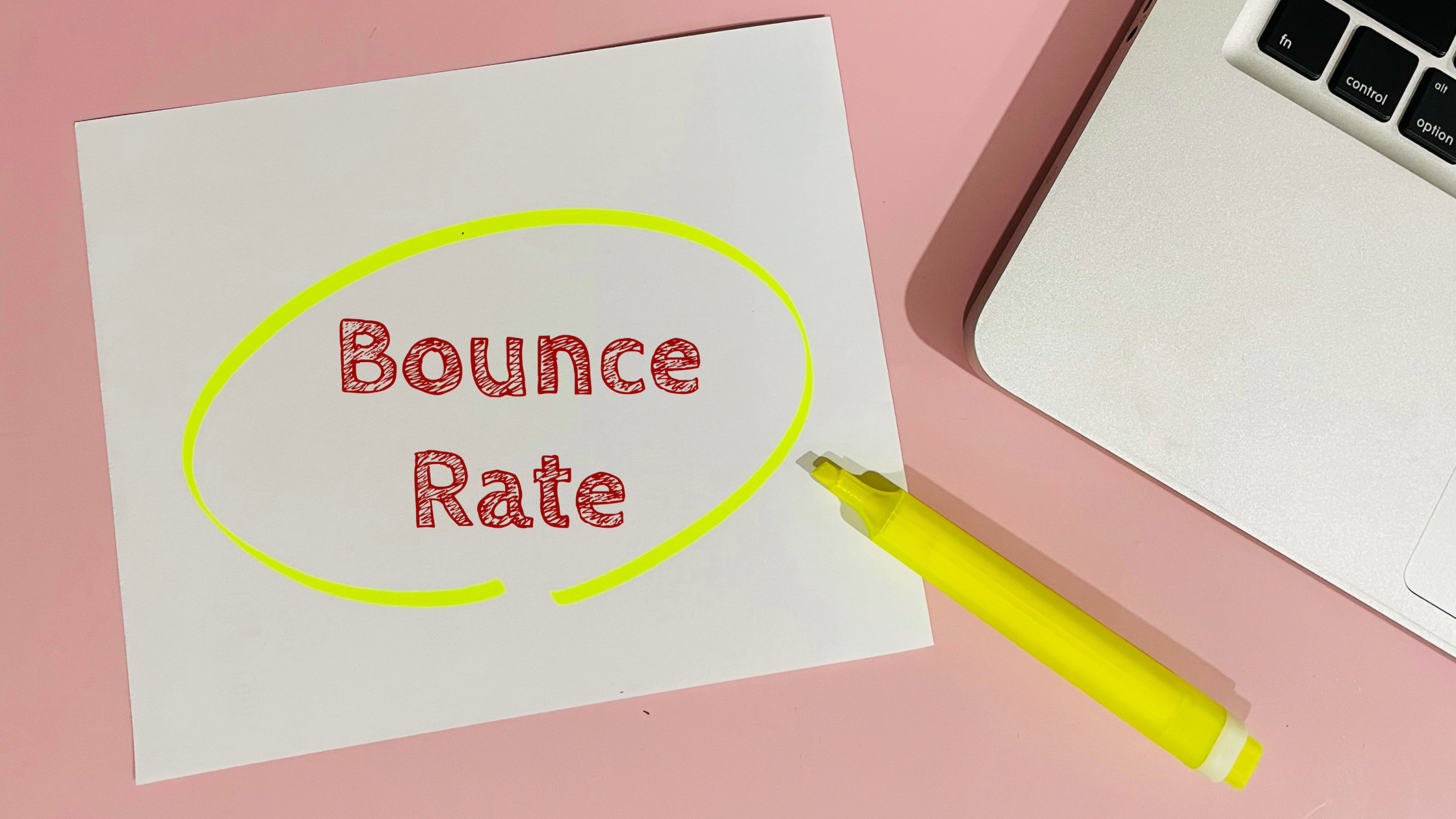SEO for E-Commerce Product Pages
Let’s be real: your product pages aren’t just digital shelves—they’re the money-makers. But if they’re buried on page 5 of Google, it’s like having the best item in your store locked in the back room. Good SEO for e-commerce product pages turns lurkers into buyers by helping your products show up, load fast, and speak to what shoppers actually want.
Why SEO for Product Pages Is Non-Negotiable
Most online shoppers don’t start on your homepage—they start on Google. If your product pages aren’t optimized, you’re missing out on free, high-intent traffic. That’s like ignoring people already ready to buy.
- Search visibility = higher traffic.
- Better optimization = better user experience.
- Clearer messaging = higher conversions.
That’s the trifecta. And no, just having a pretty picture and a “Buy Now” button doesn’t cut it.
1. Craft Killer Product Titles
Your product title is your first impression—for both humans and search engines. Include the main keyword, be descriptive, and ditch the vague brand speak. “Men’s Waterproof Trail Running Shoes – Size 10” beats “StormRunner X2000” every time.
2. Write Unique Product Descriptions (No Copy-Paste Jobs)
If you’re copying and pasting the manufacturer’s description, congratulations—you just became invisible. Google hates duplicate content, and shoppers do too.
Instead:
- Explain the product’s features in plain language
- Highlight benefits (what problem does it solve?)
- Use keywords naturally throughout the description
Your goal? Make a tired, distracted shopper stop and think, “Yep. This is the one.”
3. Use High-Quality Images With Alt Text
Good images convert. But great images that load quickly and include keyword-relevant alt text help with SEO too. Alt text isn’t just for accessibility—it tells Google what your image is about.
Alt text example: “Black leather ankle boots with side zipper for women”
4. Optimize Your URLs
Keep them short, descriptive, and clean. For example:
Bad: /product123?id=900394
Good: /mens-waterproof-trail-running-shoes
Match your URL to your product title and keyword. It’s simple. It works.
5. Add Structured Data (Schema Markup)
This is the stuff that helps your product listing show up with extra details—like price, stock status, and reviews—right on the search results page. It’s a click magnet.
Use Google’s Product Schema to mark up your:
- Name
- Description
- Price
- Availability
- Review ratings
6. Use Keywords Smartly—Not Spammy
Yes, you want your keywords. No, you don’t want to shove them in every other sentence. Place your primary keyword in the:
- Title tag
- Meta description
- Header tags (H1, H2)
- Body copy
- Image alt tags
Use variations to cover related search terms, but always prioritize readability over robot-talk.
7. Prioritize Page Speed and Mobile Experience
Product pages that take forever to load are abandoned faster than a cart full of kale chips. Compress your images, streamline your scripts, and test your pages on mobile constantly. Google loves fast pages. Shoppers love fast pages. Be the fast page.
8. Use Internal Linking to Related Products
Don’t let your product page be a dead end. Link to:
- Similar or related items
- Helpful guides or FAQs
- Product categories or collections
This boosts SEO and keeps users on your site longer. Double win.
9. Encourage Reviews and UGC (User-Generated Content)
People trust other people. Product reviews, photos from customers, and Q&A sections all boost credibility—and SEO. Fresh content on a page signals relevance, and rich snippets from reviews help your product stand out in search results.
10. Don’t Forget the Meta Description
It’s your 160-character elevator pitch. Make it count. Tell users what the product is, why it’s awesome, and include a keyword or two. Like:
“Shop men’s waterproof trail running shoes with durable soles, breathable mesh, and top-rated performance. Available in sizes 8–14.”
Common Mistakes That Tank E-Commerce SEO
- Duplicate content across product pages
- Thin descriptions with no value
- Missing image alt text
- Slow page speeds
- Zero internal linking
Fix these, and you’ll already be ahead of half your competition.
Final Thoughts
Your product pages aren’t just for selling—they’re for ranking. SEO doesn’t just help shoppers find your product, it helps them trust it. The better you optimize each page, the more likely you are to convert traffic into actual revenue.
If you’re tired of spinning your wheels trying to get your store noticed, Hour51 specializes in making e-commerce SEO simple, profitable, and long-term. Let’s turn those product pages into your best salespeople.
news via inbox
Subscribe to get SEO Tips and Tricks directly in your inbox!








